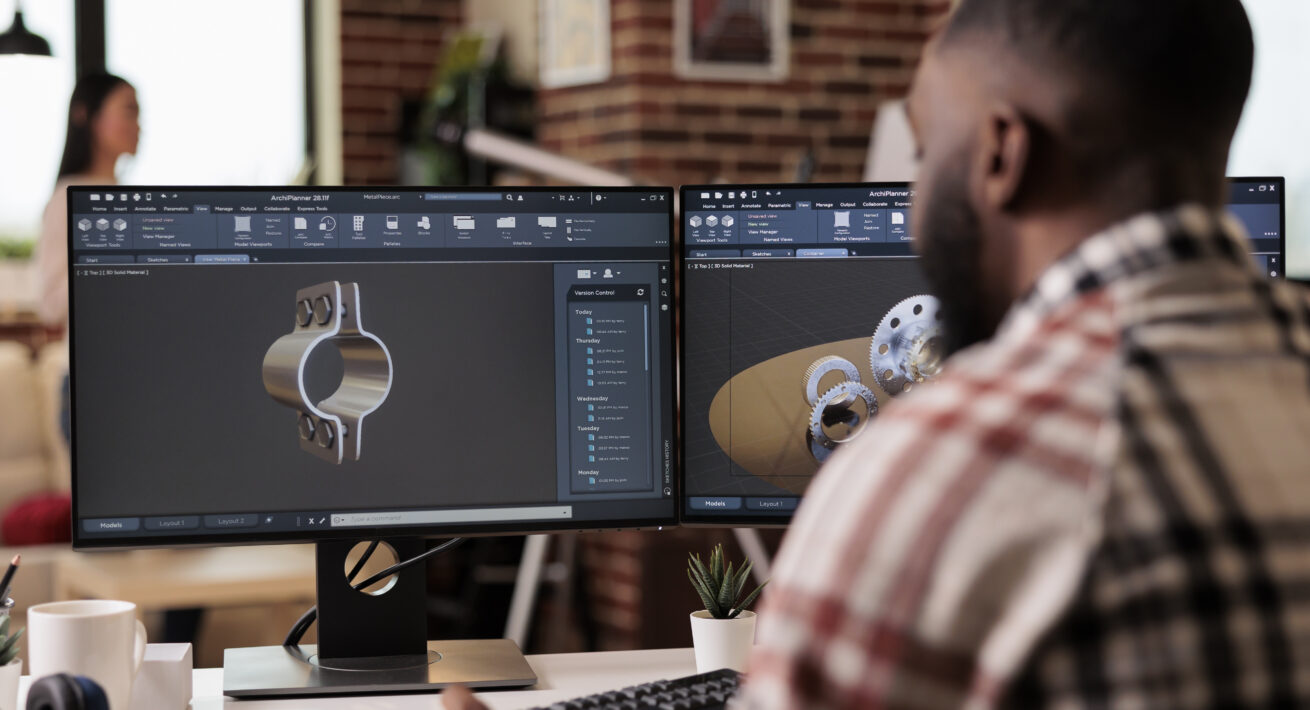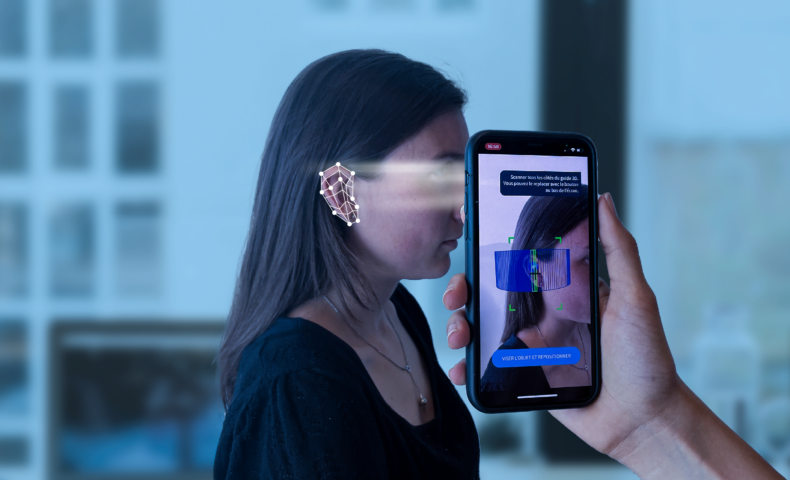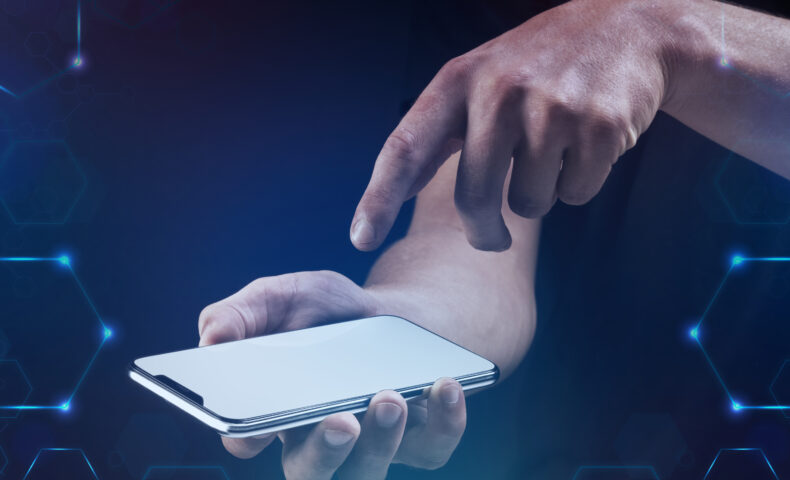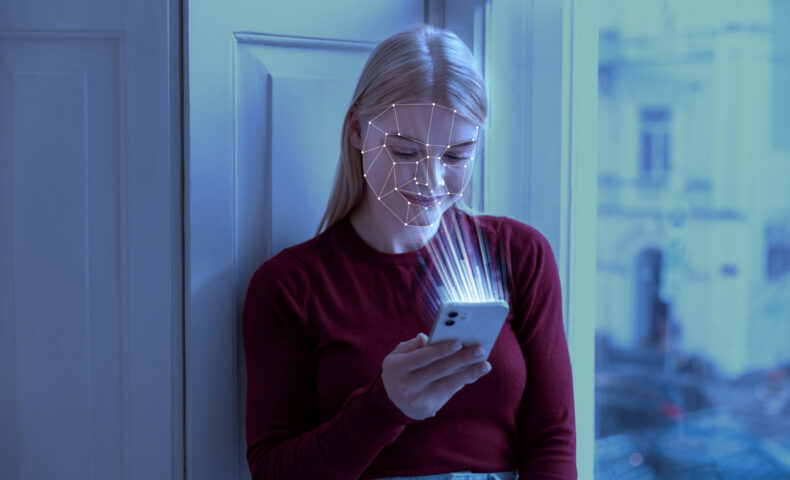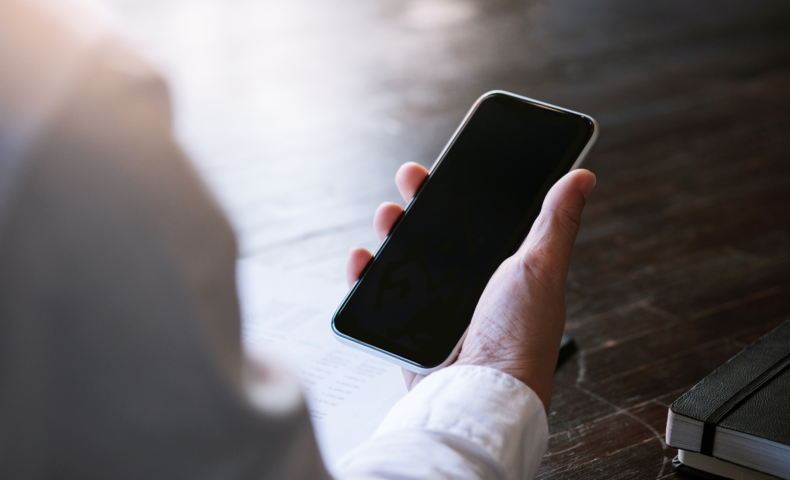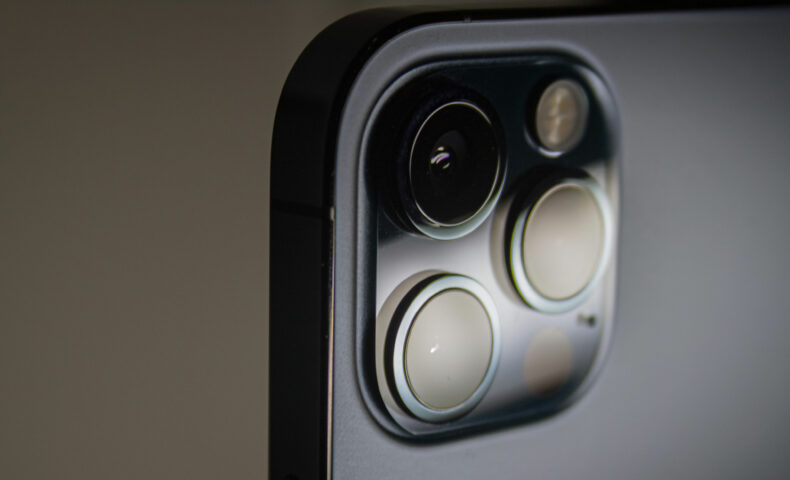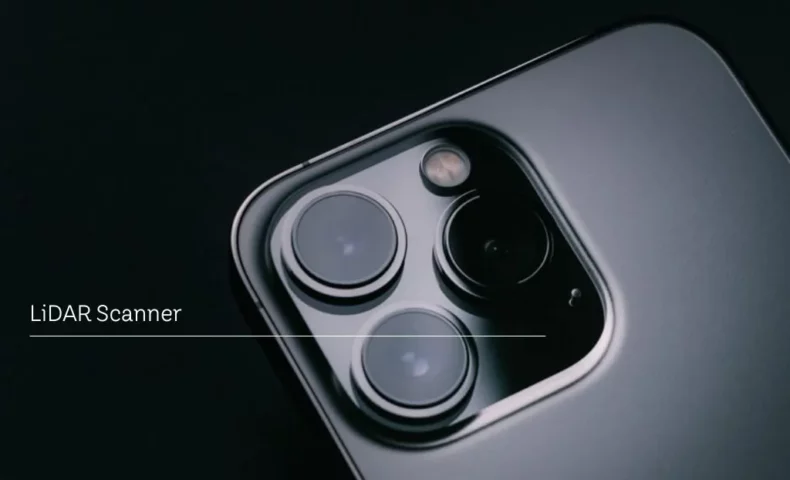Reconstructing a 3D model from a telephone using photogrammetry? Find out in this article what photogrammetry is and how to use it. Get precise 3D morphological models for product personalization, morphological follow-up or 3D visualization. All from a smartphone! In this article, we reveal the technology behind our mobile 3D scanning solution.
Photogrammetry: definition
Before exploring how photogrammetry works and its applications via smartphones, it’s essential to first understand exactly what photogrammetry is, how it’s defined and the different forms it can take.
What is photogrammetry?
Photogrammetry is a 3D modeling technique based on the use of photographic images to accurately determine the shape, dimensions and position of an object in three-dimensional space. By exploiting images taken from different angles, photogrammetry makes it possible to geometrically recreate objects in three dimensions, thus reproducing human vision. This method involves assembling successive images to define the geometry, identifying the points of correspondence between pixels in the images in order to reconstruct a model faithful to reality.
What are the different types of photogrammetry?
Photogrammetry can be classified into different categories.
- Analog photogrammetry: Measurements are taken manually, using photographs taken with analog cameras: Calculations are generally performed on printed photographs, using specialized instruments.
- Analytical photogrammetry: This uses special equipment, such as laser scanners and sophisticated image processing software, to analyze photographs and generate precise data on the shape and geometry of objects.
- Digital photogrammetry: uses advanced computer techniques to process digital images and calculate measurements with great precision. It is used in a variety of fields, including cartography, architecture and engineering.
Now that we have an understanding of what photogrammetry is, it’s time to explore how it works in practice and the possibilities it offers in terms of practical applications.
How does photogrammetry work?
Photogrammetry exploits the fact that cameras work in a similar way to the human eye. For example, like the human eye, the closer an object is to the camera lens, the larger it appears.
Based on these fundamental principles, photogrammetry is able to deduce the dimensions and physical properties of objects. By capturing enough superimposable images that provide the necessary spatial information, it becomes possible to reconstruct a three-dimensional (3D) model of an object or an entire scene.
How do you perform photogrammetry?
Step 1: Image acquisition
When acquiring images, it is crucial to follow certain guidelines to ensure high-quality results:
– Avoid transparent or reflective objects, which may not convert well to 3D.
– Make sure that surfaces to be scanned are textured, as some software applications may have difficulty processing smooth surfaces.
– Photo backgrounds should have sufficient color contrast with the object to enable accurate segmentation.
– Maintain constant lighting throughout the shoot to avoid variations in brightness that could affect image quality.
– Around 40 to 50 photos are generally sufficient to scan an object accurately.
– Make sure that the object or body part to be scanned remains motionless, to avoid reconstruction errors.
– It’s recommended that the subject occupies a significant part of each image, so it’s important to get close enough to the subject.
Step 2: 3D modeling
Once the images have been captured, they are imported into specialized photogrammetry software. This software uses the images to reconstruct a 3D model of the scanned object or body part. Thanks to advanced algorithms, the software analyzes the images and extracts the information needed to create a three-dimensional representation faithful to reality. The software can then automatically transform the series of images into a 3D mesh, a three-dimensional structure made up of numerous small triangles that define the surface of the object. This 3D mesh can then be used for a variety of applications such as visualization, analysis or 3D printing.
Step 3: Post-processing
Once the 3D model has been generated, it may be necessary to perform various post-processing actions to improve its quality and adapt it to the user’s specific needs.
Post-processing often involves operations such as smoothing the model’s surface to eliminate imperfections, erasing the background or ground, resizing the model to fit the desired scale, applying automatic measurements to calculate the object’s precise dimensions, orienting the model correctly in space, and removing isolated clusters (unwanted pieces of the scene). Some post-processing techniques also aim to improve the visual quality of the model by adjusting textures or improving resolution.
What’s the difference between 3D scanning and photogrammetry?
To capture reality in order to generate 3D models, two main methods are commonly used:
- The 3D scanner: This technology generates a cloud of millions of points, usually from beams of light. Traditional 3D scanners are renowned for their ability to capture 3D data with great precision. They are often used in applications such as engineering, manufacturing and the digitization of monuments or objects.
- Photogrammetry: This method is based on a series of photos taken from different angles around the object to be modeled. Photogrammetry generates a mesh model using these photos. This approach is used in contexts where access to a 3D scanner is limited or impractical. For example, when capturing objects on a large scale or in hard-to-reach environments.
For smartphone-based 3D scanning, MyFit Solutions uses photogrammetry to create 3D models from photos taken with smartphones. Unlike traditional 3D scanners, MyFit Solutions harnesses the power of smartphone cameras to capture images from different angles and use them to generate accurate, detailed 3D models. There are several advantages to this approach, but first let’s take a look at those of photogrammetry.
What are the advantages of photogrammetry?
One of the main advantages is its acquisition cost. Compared with other 3D scanning methods, such as specialized scanners, which can cost from a few hundred to several thousand euros, photogrammetry offers a more cost-effective solution.
The real revolution lies in the possibility of accessing equivalent technologies in terms of quality directly from our smartphones. With the widespread use of high-resolution cameras integrated into cell phones, photogrammetry 3D is becoming accessible to all, thus amortizing the cost of the technology, which is already in everyone’s pocket.
This accessibility democratizes 3D scanning, opening up new possibilities in fields as varied as e-commerce, healthcare and luxury goods. With this in mind, MyFit Solutions has developed a solution for 3D scanning directly from smartphones. This enables users to produce high-quality 3D models without costly investment in specialized equipment.
What is the MyFit Solutions photogrammetric 3D scanner?
MyFit Solutions is a publisher of mobile 3D scanning software. We provide a professional solution for acquiring morphological data from smartphones. Our photogrammetry technology enables precise 3D scanning of body parts.
An accessible and easy-to-use solution
MyFit Solutions offers a complete software solution, including a mobile application and a web platform. Our intuitive scan experience approach makes it easy for users to perform 3D scans. Indeed, no special technical skills are required. Available on iOS and Android platforms, the MyFit Solutions app makes 3D scanning widely accessible.
Accurate results
Thanks to photogrammetry, 3D scans produced with MyFit Solutions offer professional results, accurate to the millimeter. What’s more, the models generated benefit from photorealistic rendering, offering a faithful representation of reality.
To guarantee optimal rendering, we have set up a post-processing process for 3D models. This includes automated smoothing of the 3D model rendering, as well as resizing to scale. In addition, we optimized the user experience by automatically removing clusters, ground, background or any other unwanted elements. Finally, for better model visualization, we have automated model orientation according to case, ensuring a fluid and intuitive user experience.
Application cases
MyFit Solutions already has several applications. These include 3D scanning of the torso to detect scoliosis. Then there’s 3D scanning of the foot for the creation of customized orthopedic insoles. Finally, we also provide a 3D scan of the face for visualization and analysis of facial morphology. Our 3D scanning software solution covers a wide range of human body parts (hand, head, torso, face, feet, etc.).

